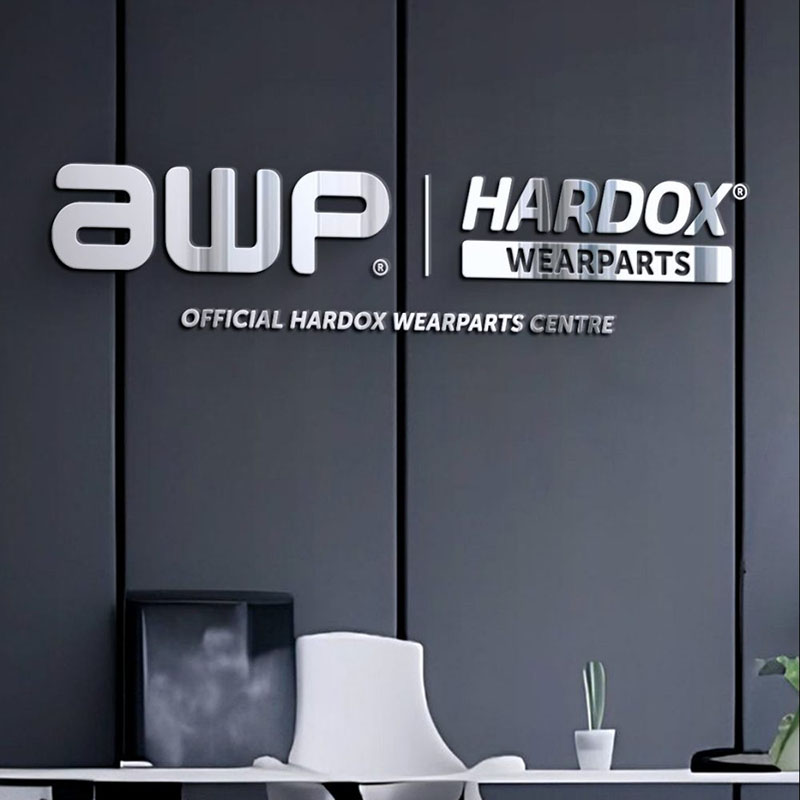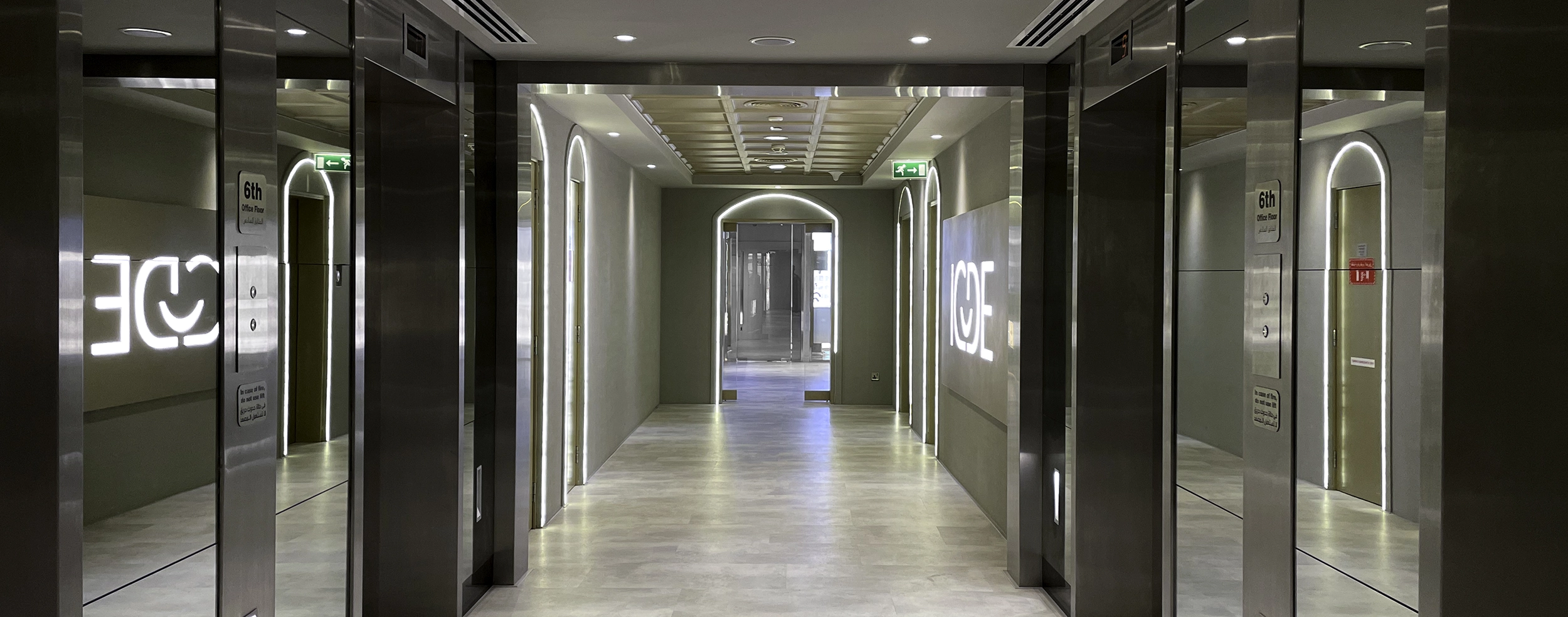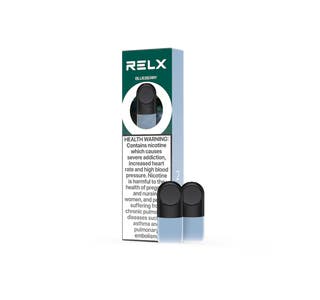Fashion cycles spin rapidly, but a select group of hairstyles remain firmly fixed in place. These classic cuts resist the pull of passing trends, grounded in strong shapes and universal appeal. They offer reliable style that suits different face shapes and personal tastes, providing a trusted foundation for a personal look.
The Blunt Bob
A sharp, single-length bob ladies haircut Abu Dhabi creates a clear, defining line around the head. This cut typically falls between the chin and the shoulders, framing the face with striking simplicity. It draws direct attention to the eyes and jawline. The blunt bob presents a sleek silhouette with straight hair and gains soft volume with gentle waves. Its impact relies on good condition, as the clean line showcases hair’s health and shine.
The Timeless Pixie
Short, spirited, and confident, the pixie cut celebrates a sense of freedom. It exposes the neck and cheekbones, offering a low-maintenance routine that carries high style. Variations exist, from textured and tousled versions to smoother, sculpted finishes. This cut grows out gracefully, often passing through other chic short styles, which adds to its lasting practical appeal.
The Layered Shag
The layered shag brings a playful, rock-and-roll heart to classic design. It uses graduated layers throughout to create volume and movement, often paired with a fringe. This cut works with straight, wavy, or curly hair, as its layers encourage a lived-in, dynamic texture. It manages to feel both undone and intentionally stylish, maintaining its cool across decades.
The Classic Lob
The long bob, or ‘lob’, strikes a perfect balance. Sitting just above the shoulders, it keeps the feeling of longer hair but introduces a fresher, more modern line. This length accepts many styling options: it can be tucked behind the ears, curled under, or worn with loose waves. The lob serves as an ideal introduction to shorter hair, offering significant change without a dramatic chop.
Soft, Face-Framing Layers
Layers cut to frame the face provide a universally flattering softness. These layers typically start at the chin or higher, guiding the eye and gently contouring the cheeks. This technique works on both short and long hair, adding lightness and movement around the features. It refreshes a style without altering its overall length, making it a perennial favorite for a subtle update.








